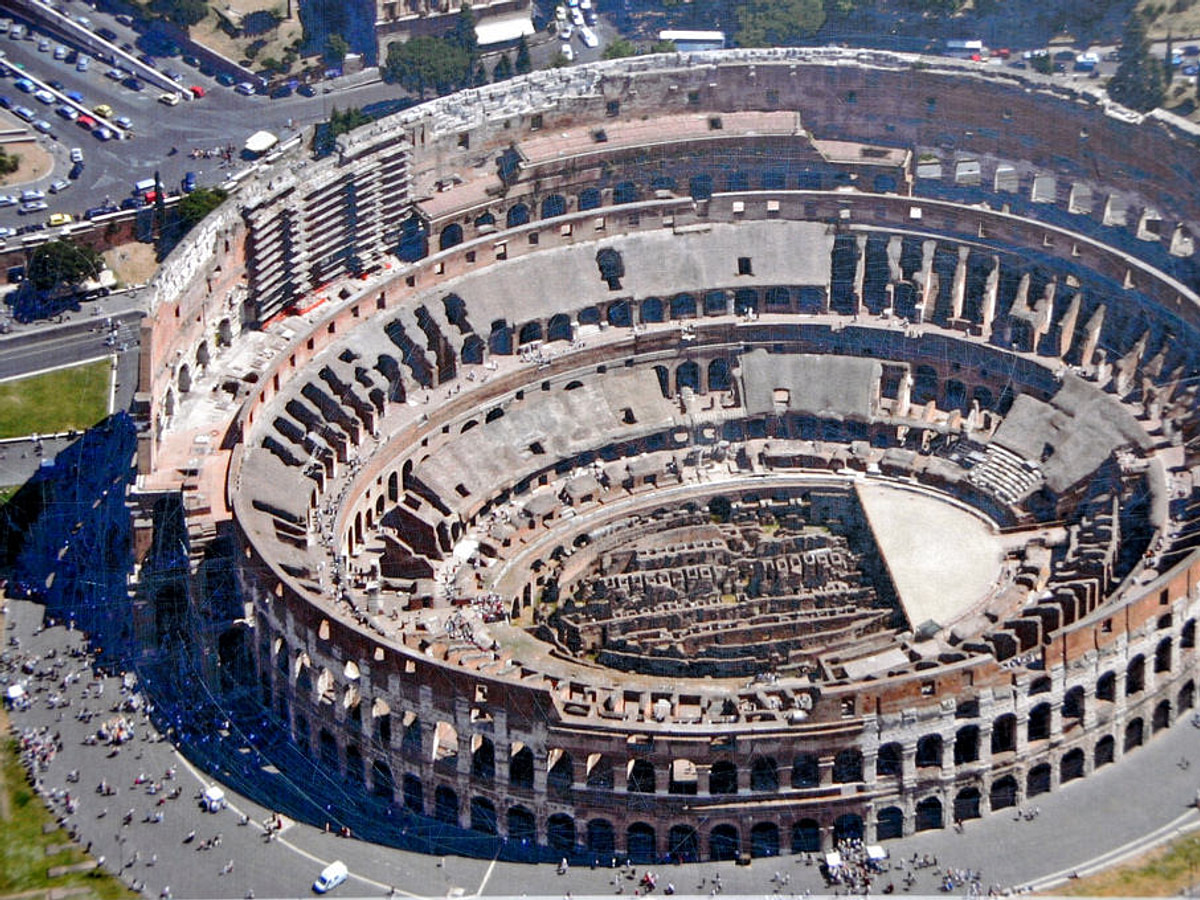The Great Wall of China was not built by a single dynasty but is a collection of fortifications and natural barriers that were constructed over many centuries. The construction of the Great Wall of China began more than 2,000 years before, under the rule of different Chinese dynasties. Its primary purpose was to protect China's north borders from raids and invasions by nomad tribes and other foreign forces.
Qin Shi Huang was the first Chinese emperor and the man responsible for the unification in China 221 BC. He built the first fortifications, which were later connected to form the Great Wall. The expansion of the Great Wall was aided by subsequent dynasties such as the Han, Ming and others. This resulted in the impressive and vast structure we know today.
The Great Wall of China is an ancient engineering marvel that spans 21,000 km (13,000 miles), across diverse terrains including mountains, deserts and grasslands. The Great Wall is made up of a variety of materials including bricks, stone, tamped soil, and wood that reflect the different technological advances in each era.
The Great Wall architecture is varied. Different sections were built with different techniques and materials depending on the resources and geography of each region. Some segments feature intricate brickwork, watchtowers and natural barriers such as hills and rivers.
The Great Wall's sections at Mutianyu Badaling and Jinshanling have been the best preserved and most visited. These walls are a testament to the craftsmanship of Chinese artisans, with watchtowers and parapets as well as panoramic views.
The Great Wall was not only a defensive structure, but also a way to control trade routes, facilitate transportation and allow communication across vast areas. The wall was equipped with beacon towers that were used to signal danger and send messages quickly across its expanse.
The Great Wall of China represents the spirit, sacrifices, and resilience of the many laborers that toiled for centuries to build it. The legend of this massive construction includes stories of soldiers, peasants and prisoners who worked under difficult conditions
The Great Wall's importance extends far beyond China's borders. It symbolizes the country's strength, unity and history. The Great Wall is one of the greatest architectural achievements in human history. It has earned its rightful place as a UNESCO World Heritage Site and attracts millions of tourists each year.
Ongoing preservation efforts are being made to restore and protect sections of the wall which have been damaged by natural elements and human activity. Conservation efforts aim to balance tourism and the wall's integrity in order to ensure that future generations will be able see this ancient wonder.
The Great Wall of China is not only a physical barrier, but also a cultural icon that represents human ingenuity and determination. The Great Wall of China's presence has remained for centuries, inspiring awe and fascination. It invites people to marvel at ancient civilizations ingenuity and the beautiful legacy they have left behind. noida sec. 19 call girlnoida sec 31 call girl noida sec 104 call girl nagepur call girl noida sec 100 call girl gandhi nager call girl junudpuri call girl vijaynager call girl





